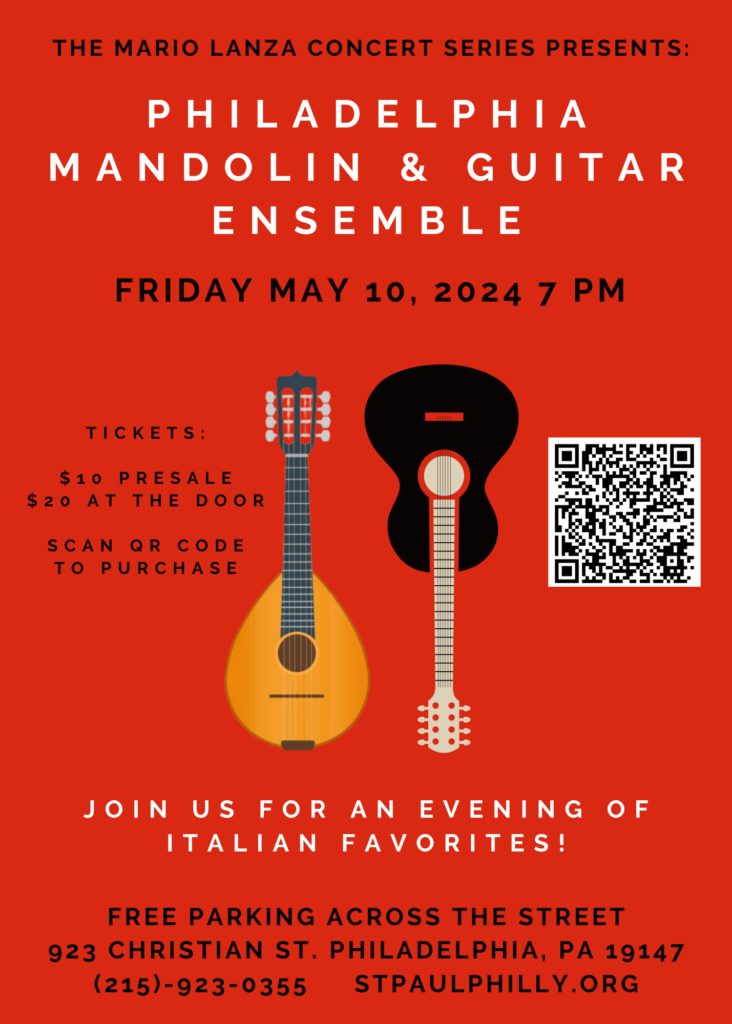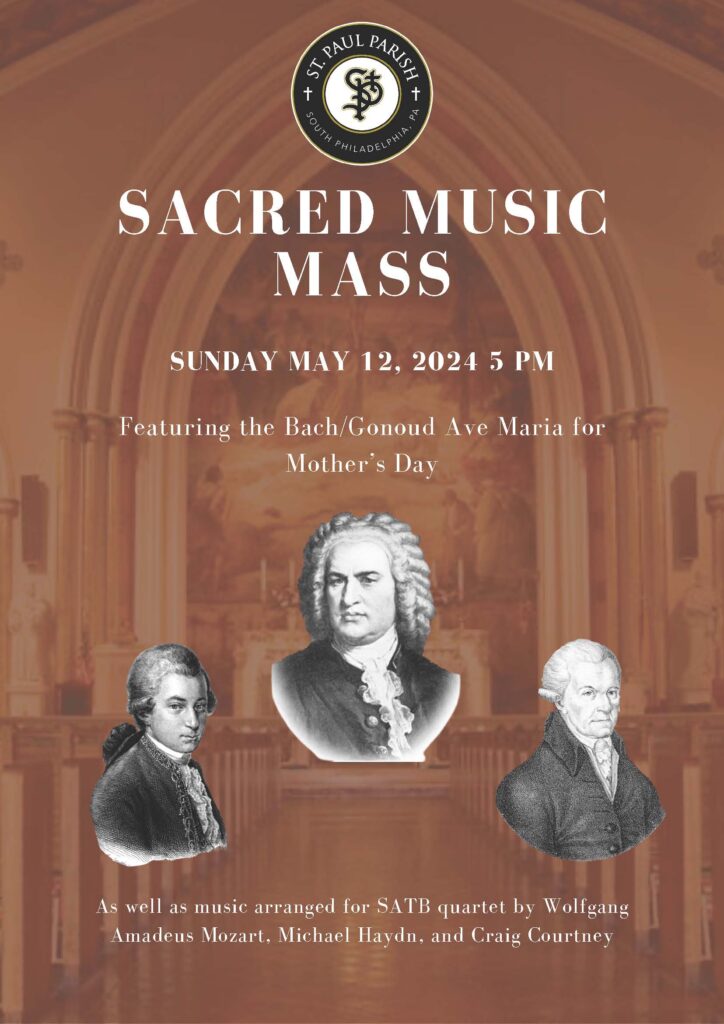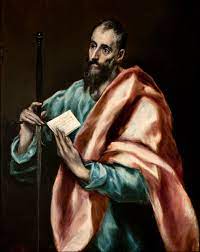

May 12th – Sacred Music Liturgy
CLICK HERE FOR MORE INFORMATION – The Sacred Music Liturgy on May 12th will feature music from Wolfgang Amadeus Mozart, Michael Haydn, Johann Sebastian Bach, and Craig Courtney. Alongside our Soprano-Alto-Tenor-Bass quartet will be a Piano quartet (Piano-Violin-Viola-Cello)
Michael Haydn (1737-1806) was the younger brother of the famous Joseph Haydn. While he was historically overshadowed by his older brother’s Secular works, Michael Haydn focused mostly on Sacred music with simple harmony and singable melodies. Haydn was held in high regard by Mozart and his brother, yet the public never took to his music. One of Michael Haydn’s symphonies (now known as Symphony no. 26) was assigned to Mozart because his writing was found in the opening movement. Historians assigned it a Köchel number and was performed frequently as Mozart’s Symphony no. 37. In 1907 after further investigation, the piece was discovered as actually Michael Haydn’s and immediately fell out of favor with the public.
The entrance hymn for this Mass is “Victamae paschali laudes”, which is the Easter sequence in Latin. This music setting is very classical in nature, and has a similar sound to much of Mozart’s writing. Haydn reflects the different tones of the text wonderfully in the harmonies. This piece is written mostly in a major key, until Haydn uses the minor key during the Latin text “Mors et vita duello confixere mirando: dux vitae mortuus, regnat vivus.”, which translated is Death and life have contended in that combat stupendous: The Prince of Life, who died, reigns immortal. This minor key transition happens a second time at the end of the piece during the text “nobis, victor Rex, miserere.”, which translated is Have mercy, victor King, ever reigning! Haydn cleverly uses this minor key to set apart these two stanzas that reference death or mercy.The hymn for the Presentation of the Gifts is the Bach/Gounod Ave Maria. This piece features two composers nearly 2 centuries apart from each other. The accompaniment for this piece is Johann Sebastian Bach’s (1685-1750), Prelude no. 1 in C Major from the Well-Tempered Clavier Book 1. The Prelude is a stream of 16th notes outlining different chords on the keyboard. This piece exudes rich harmony, but lacks any clear melodic structure. Charles Gounod (1818-1893), set a melody above the keyboard prelude and published the work under the name “Méditation sur le premier Prélude de Johann Sebastian Bach”. This first edition did not include any text, but in 1859 Gounod added words from a short poem by Alphonse de Lamartine (this poem was created by Lamartine as a gift for an admirer of his). Gounod gifted a copy of this newly edited piece to his student Rosalie Jousset, but her mother-in-law Aurélie Jousset, considered it highly inappropriate and suggested that he instead use “Ave Maria”. In 1859, the first version of Bach/Gounod’s Ave Maria was recorded.
For this Mass, we will be using an arrangement of this piece by Richard Proulx that features an SATB quartet, but also highlights the string trio in unusual ways.
The hymn for Communion is Ave Verum Corpus by Wolfgang Amadeus Mozart (1756-1791). This piece was composed in 1791, in the middle of Mozart composing Die Zauberflöte and less than six months before his death. This setting of the Latin Eucharistic hymn was composed to celebrate the feast of Corpus Christi. This piece is instantly recognizable and is one of Mozart’s best known sacred works, second to his Requiem.
Mozart’s Requiem and Ave Verum Corpus were composed at the same time, and couldn’t be more different from each other. The requiem is lavish, harmonically and textural. The Ave Verum Corpus motet is simple in structure and style. There is minimal direction to the chorus, with the only notation being sotto voce. The simple nature of this piece make it perfectly suited for a small choir.
The meditation hymn is the famous Ave Maria by Franz Schubert (1797-1828). This Ave Maria is the staple of South Philly, and is sung at nearly every funeral and wedding. However, when Schubert composed this piece, the text came from Adam Storck’s Das Fräulein vom See (The Lady of the Lake). The original piece is titled “Ellens dritter Gesang” (Ellen’s Third Song), and the text does begin with “Ave Maria”, but that is the only similarity between the original piece and the Latin adaptation. These opening words may have led to the idea of adapting this piece to the full text of the prayer “Ave Maria”. This Latin adaptation is now so frequently used that many believe Schubert composed this piece for the use of the Catholic Church.
The arrangement you will hear during Mass will feature the piano quartet, instead of the standard solo with piano accompaniment.
“One Faith, One Hope, One Lord”, an anthem by Craig Courtney (b. 1954), will be the closing hymn. Courtney is an accomplished musician and composer, graduating from the University of Cincinnati with a Bachelors and Masters degree in Piano Performance. While this piece is lesser known, the writing is powerful and dignified. The chorus sings rich harmonies that continue to develop through the score, and is supplemented by a majestic accompaniment from the keyboard and strings.

